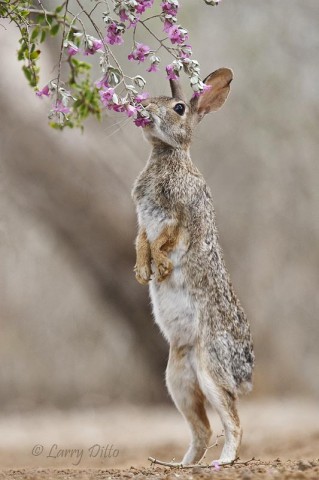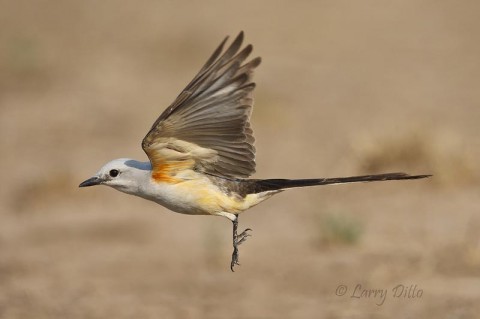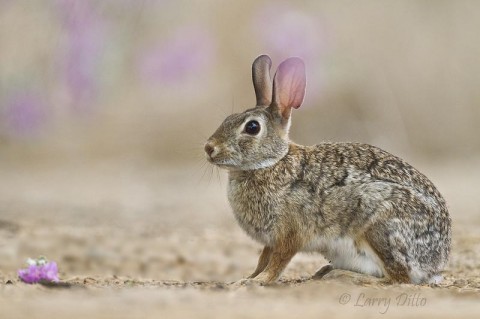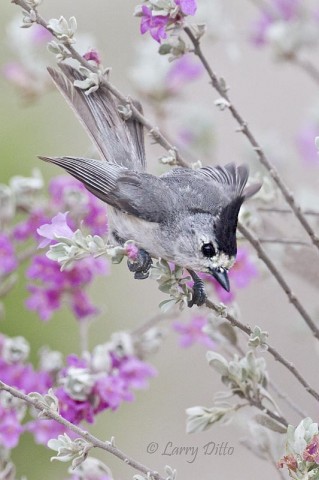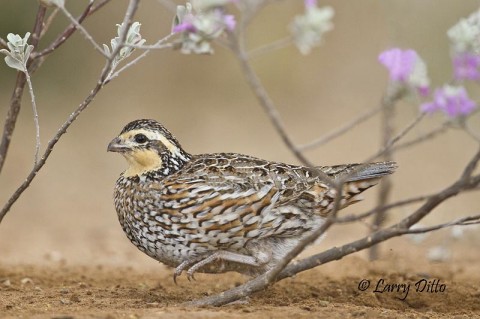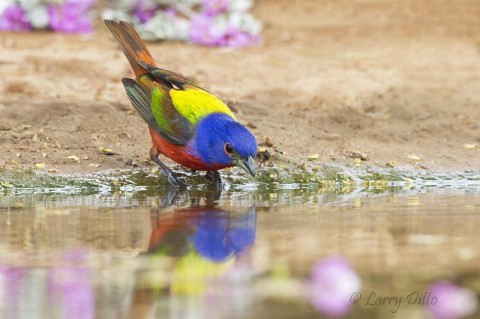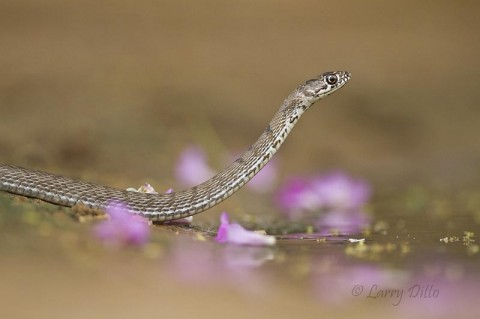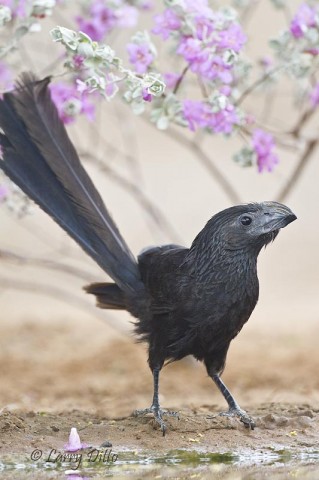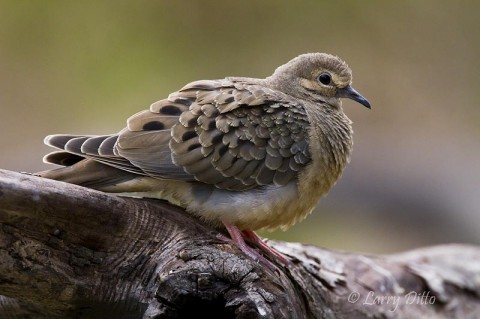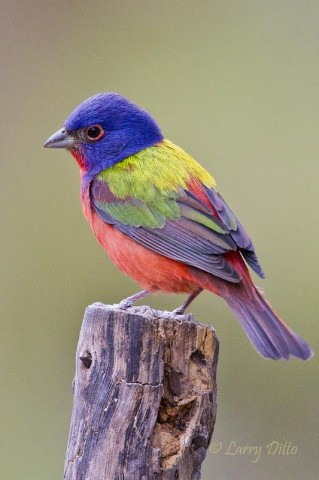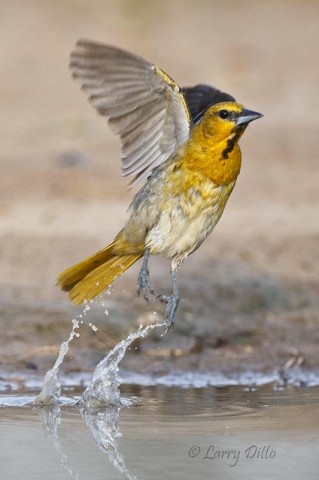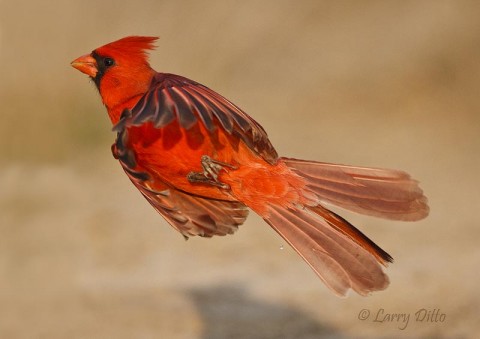When you live in south Texas, you get used to hot, dry weather. Well, you don’t get used to it, but you learn to live with it. This spring has been as hot, dry and windy as most of us can remember…the brush has dropped its leaves to conserve moisture and the animals have all gathered at the waterholes. So, I wait at the ponds to get in on the action.
Two weeks ago at Steve Bentsen’s “Dos Venadas Ranch”, I had a splendid afternoon of shooting from one of photo blinds. I totally missed an opportunity to photograph an armadillo bathing (rolling onto his back like a puppy)… I had forgotten to turn on my backup camera with the smaller lens. By the time I got ready, the ‘dillo was out of the pond and headed for cover. I did get my act together by the time the birds began arriving.
Last week, I was at Beto Gutierrez’s “Santa Clara Ranch” with two clients for three days of shooting. A bit of good luck came our way in the form of a stray thunder shower that deposited about .1″ of rain in that part of the brush country. It was enough to make the cenizo brush explode into purple blooms. All I needed to do was place a few blooming branches around the pond for color.
Don’t forget to click on the upper right or left portion of the photos to enlarge them for a sharper, brighter view.
